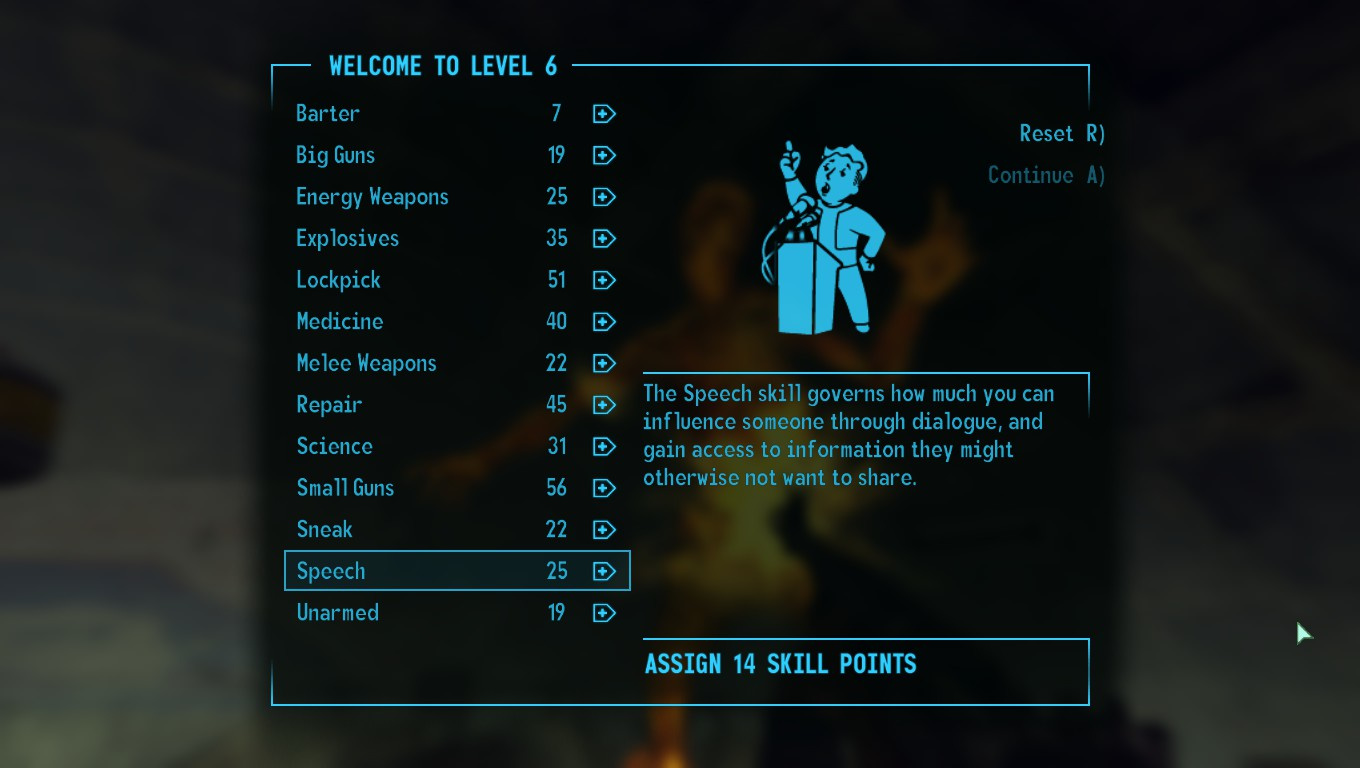About Agile, Scrum and teamwork. How are product development processes at Alpha Lab
Inflexible Enterprise and Flexible Methodologies
There is an established opinion that an IT specialist in large companies is a small “screw” in a huge mechanism designed to perform a specific function. And the mechanism, in turn, mercilessly exploits the resource of its "cogs".
However, we (in Alfa-Bank in general and in Alfa-Laboratory in particular) take a different approach. An approach where the efforts of all participants in the process are aimed at creating value for the client, while the path by which they achieve this can contain a lot of degrees of freedom. I will tell you how work processes are built in our Laboratory. We rely on the Agile concept. We chose Scrum as the main framework, the production model is command-centric.

The composition of teams varies depending on the needs of the created product, but almost always it is a “full stack”, necessary for the development or development of the product. Most often it is Product Owner (PO), a scrum master, designer, systems analyst, several developers and a tester. 7-10 people are recruited. There are about 30 such teams in Labe.
Our principles
In our work, we try to adhere to a number of principles that help us achieve greater efficiency. I’ll tell you more about them.
Cross functionality and mutual assistance
One of the most important things in teamwork is team collaboration.
We do not set tasks in teams like “developer - writes code”, “analyst - prepares documentation”, etc.
The overall goal of the team is for the client to receive value. And if, for example, we have accumulated a queue in testing, then the rest of the guys help their tester so that the team fulfills the sprint goals and, as a result, brings the increment of the product.
In a scrum guide, this is called a “cross-functional team."
No customers or performers
Most teams sit together, in groups, in the same location, and product engineers are part of the team.
PO spends every day with the guys - from morning to evening, he knows what his team lives and breathes, what it does today and what it will do tomorrow.
Accordingly, the whole team is involved in the development of backlog. We do not have such that PO as a customer “loads” requirements into the command, and then simply expects the result.
Product experts come to the team with a client problem (sometimes it happens, which is immediately with the solution). Further, all team members participate in the study of the problem, the formation of hypotheses, and the search for solutions - together they create a “story map”, form user stories, discuss scenarios, and decide how the product will look.
At the same time, team members have every right to submit their ideas for improving the product for discussion.
For example, I, as the head of analysts and scrum masters, never give them directives. What to do, the team determines itself together with its PO.
The main value of all this is that all team members are involved in the product creation process and feel a lot more responsibility for what they have done.
Iterativeness
As expected, the work is built by iterations. The teams themselves determine the length of their sprint, but usually it is 1 or 2 weeks, since it is critically important for us to receive feedback from the client as quickly and often as possible.
Transparency
We strive to be as transparent as possible - within teams, for a product scientist, for stakeholders.
As a “thermometer” we use the burndown diagram of team sprints. Burndown quickly enough reflects the problems that arise during the work (if the schedule is “flat”), and we can respond to these problems in a timely manner.
In addition, by the totality of the graphs of several sprints, you can assess the overall situation in the team.
It is very convenient that all our teams use Jira as a task manager - using this, we set up a common dashboard, on which all 30 burndown diagrams are visible. We can say that this is our Mission Control Center :)
Do not be shy
Continuing the topic of transparency, we’ll talk about an important event for us - a demonstration of the results.
At the end of the iteration (once every one or two weeks), Sprint Review is carried out in each team - the guys show and tell what they did for the sprint.
The composition of those invited to the “demo” is determined at the discretion of the team - they can either invite real users or restrict themselves to demonstrations to colleagues and their PO.
In addition to regular team sprint review, once a month there is a general demo day on which all teams demonstrate how valuable they conveyed to customers over the past month.
On Demo Day, we also periodically invite “live” customers, stakeholders from the bank, and generally all interested and concerned to receive their feedback.
Reward system
In addition to a comfortable office, interesting tasks, a cool team and standard “white salary + VHI”, we also have a staff motivation system.

Motivation is both financial - in the form of a bonus for those who show excellent results in work, is a leader in improvement and helps colleagues, as well as non-financial.
For example, the contest "Best of the best", which is held once a quarter.
Any employee of the Laboratory can note the success of his colleague and nominate for participation in the “Best of the Best”.
We award the winners of the competition in front of the whole Laboratory. At the same time, we do not hand in money, but try to find out about the hobbies of the winners and give something truly valuable to them.
Who's new
We pay a lot of attention to the search and selection of people.
Of course, candidates must have a technical education, but no less important selection criteria for us are the ability to work in a team, dedication to what you are doing, the desire to develop and improve.
The human qualities of a candidate, whether he suits us in spirit, are those things that we pay attention to during interviews.
In order for the guys who rejoined our team to get used to the new situation, in the new conditions, we organized such a thing as the “mentoring institute”.
Its essence is that a mentor is assigned to a newcomer - this is not a leader, but a colleague who has enough experience for this. The task of the mentor is to help adapt as quickly as possible in the team, understand the Laba device, our rules and principles, and also solve all technical and organizational issues.

Also on the shoulders of the mentor lies the task of introducing a person into the subject area.
The first 2-3 days, this happens in the narrative mode from the mentor, and then the pair work begins. A beginner joins one of the teams and continues his training already in practice, performing real business tasks.
In general, we are doing everything so that newly arrived guys begin to bring value to the team, customers and the bank as early as possible.
At the beginning of the probationary period, the “rookie” and his mentor form a “Plan for 100 days”, in which they jointly set goals for the next three months and agree on metrics for the success of the probationary period.
Although in fact, usually after a month it becomes clear whether a person is suitable for us or not, because progress, willingness to change, involvement and desire for improvement manifest themselves quite quickly.
I think our special attention to these very criteria helped us to assemble such a cool team, working in which is always a joy and a pleasure!
If you share a similar approach to work and would like to become part of the team - pay attention to our current vacancies - interface designer , Scrum master , iOS developerand many others .
